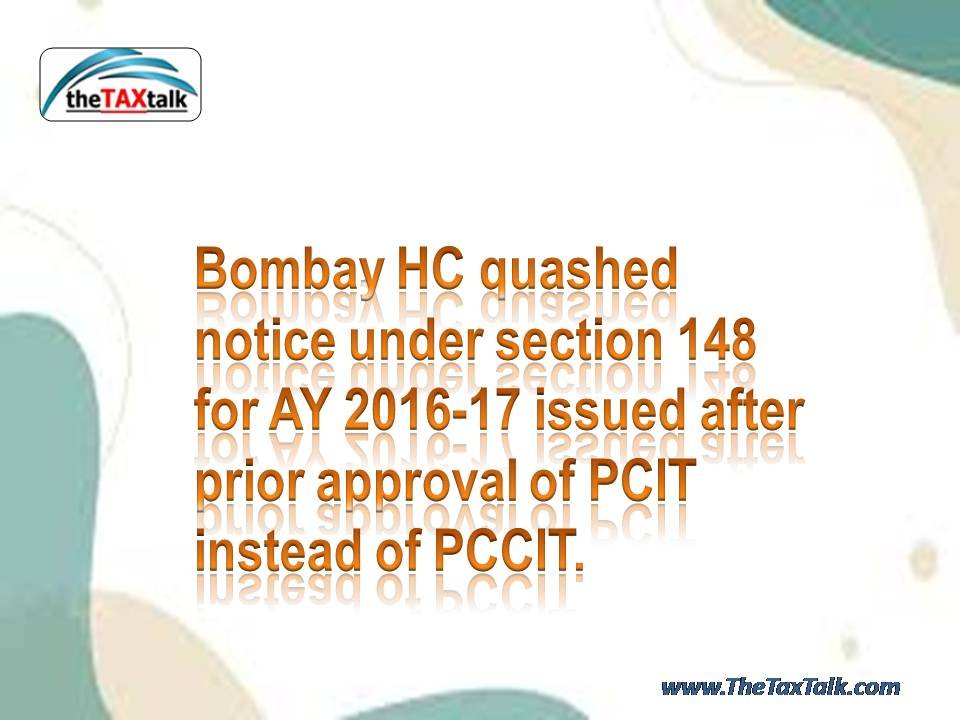Rob Willey (George Mason; Google Scholar), Melanie Knapp (George Mason; Google Scholar) & Ashley Matthews (George Mason), Constructing Inclusive & Current Scholarship Impact Rankings, 44 Women’s Rts. L. Rep. 1 (2022):
Most legal scholarship ranking metrics focus on all-time publications — even rankings that purport to identify the top legal scholars of today, consider decades-old papers in their tabulations. This reliance on all-time publications leads to an underrepresentation of women. It also presents, scholars past their peak publication years as the current leaders in legal scholarship. Given the weight rankings carry within the legal community, skewed rankings could have an impact that extends beyond the exclusion of worthy scholars. Rankings may also affect tenure and career trajectories. Their power means we should do all we can to improve them.
While most legal scholarship rankings underrepresent women, research indicates that within the legal field women tend to be cited at the same or higher rates than men.
This points to issues with the rankings’ methods, not women’s scholarship. Why do current rankings fall short? Several studies have found that women tend to publish less than men. Focusing on a scholar’s entire career, as current rankings do, creates a system that exacerbates this gender publication gap. Some may argue that law schools are improving in this area and that as the number of tenured women increases, the rankings will even out. That’s optimistic. It assumes that the number of tenured women will actually reach that of men. Even more unrealistically, it assumes that society will change rapidly and begin to evenly distribute caretaking roles across genders — what’s needed to allow women to publish at the same rates men do. COVID showed that shift remains a long way off. It’s unlikely that both changes will happen. It’s highly unlikely that either transformation will happen quickly.
The incorporation of older articles also limits the currency of rankings, leading to scholars excelling because of past, not present work. This leaves anyone interested in rankings — hiring committees, deans, scholars, prospective students, the media, and so on — without an accurate way to identify the scholars currently producing the most impactful work. Our reliance on inaccurate information leads to distortions throughout legal academia.
Fortunately, there is a way to create a more current and equitable ranking system now. After reviewing existing rankings, we propose two alternative ranking systems and examine sample data to test our ideas. The first ranking we propose seeks to identify the top legal scholars of today.
The second highlights the top legal scholars of all time, using a method that allows women more opportunity.
We close by discussing the advantages of a download-based ranking. Our discussion focuses on individual authors, but many of our suggestions can be applied to rankings that consider the impact of an entire school. In the future, we hope to build on what we learned from our data samples and produce more accurate and equitable rankings. Although we plan to focus on individual authors rather than schools, we would encourage those conducting school rankings to consider adopting some variation of the methods we propose here.
https://taxprof.typepad.com/taxprof_blog/2023/08/constructing-inclusive-current-scholarship-impact-rankings.html




